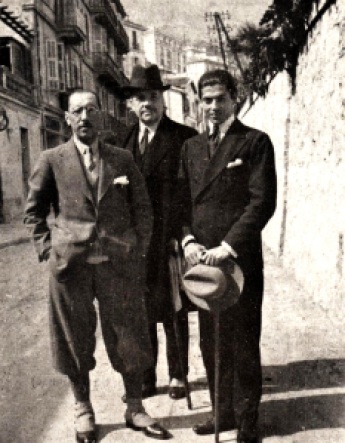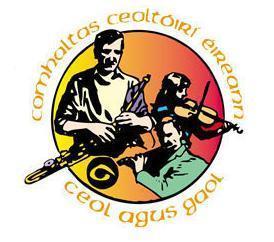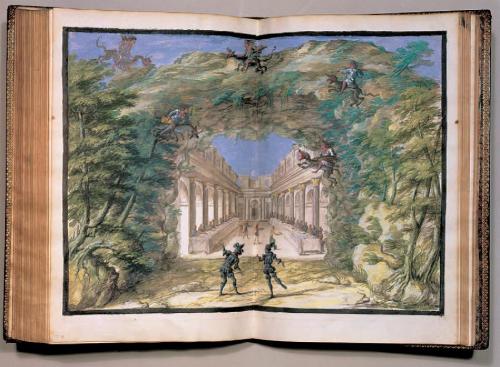Nowadays if a person has heard one work by Prokof’ev it is undoubtedly his symphonic tale Петя и волк (Petâ i volk, Peter and the wolf), which had its premiere 75 years ago today. On that occasion, however, the composer’s initial enthusiasm was dampened.
“I composed the music quickly, approximately within one week,” Prokof’ev recalled, “and another week was spent on the orchestration. It was first performed at a matinée concert in the Moscow Philharmony on May 2, 1936, but the performance was rather poor and did not attract much attention” (translated by Rose Prokofieva in Autobiography, articles, reminiscences [Honolulu: University Press of the Pacific, 2000] pp.88–89). He never could have imagined that Walt Disney and others would turn the piece into one of the most beloved children’s works in the orchestral repertoire!
Above, Sergej, Svâtoslav, Oleg, and Lina Prokof’ev in 1936, the year of the premiere, which occurred a few days after the composer’s 45th birthday.
BONUS FACTOID: People who grew up with the Disney version will recall that the wolf chases the duck, attacks off-camera, and returns licking his chops with the duck’s feathers in his mouth; at the end it turns out that the duck escaped and was simply in hiding for the rest of the story. But in Prokof’ev’s original version, as performed at the premiere, the duck is indeed eaten, and at the end the narrator says “if you listen very carefully you will hear the duck quacking inside the wolf’s belly, because the wolf in his hurry had swallowed her alive.”
Related articles:













